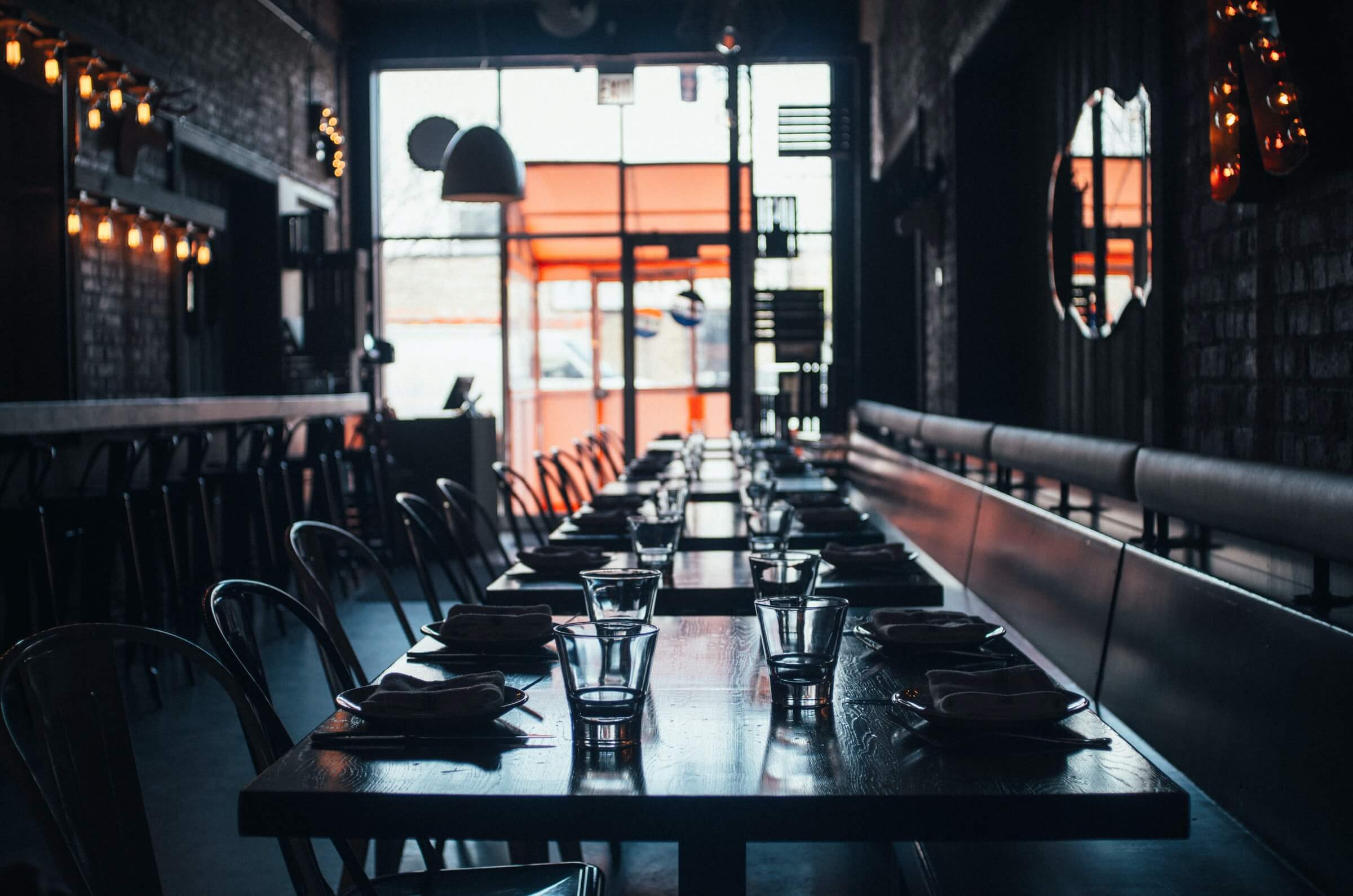Dry January Will Be Different in 2021
by David Klemt
Tomorrow marks the start of the first Dry January we’ve ever experienced under stay-at-home shutdowns and bar, restaurant and nightclub restrictions.
Like Veganuary—remember way back to yesterday when we wrote about it?—the movement as we’ve come to know can be traced back to the UK. People have chosen t abstain from alcohol in January for decades but Dry January really took off after the trademark was registered by a non-profit called Alcohol Change.
Understandably, many operators have taken issue with Dry January. Taking a hit to the bottom line for a month (or more) because of a reduction in alcohol sales isn’t an exciting proposition.
However, Dry January may be different this year. The convergence of a number of consumer behaviors driven by restricted access to restaurants and bars may present an opportunity.
Throughout most of 2020 we’ve been inundated with reports about unprecedented boosts in online alcohol sales. Premium and ultra-premium spirits grew at a faster rate than they had pre-pandemic. Operators have been forced to pivot, relying heavily on delivery, (somewhat) traditional takeout, and curbside pickup.
Put those all together but substitute premium spirits for premium alcohol-free options and there’s the potential for operators to generate revenue directly linked to zero-proof sales.
One of the keys to succeeding with zero-ABV drinks is presentation. Many alcohol-free brands are dedicated to elevating the category, meaning they can be treated the same as their low- and full-proof counterparts. Curated zero-proof drink kits that include quality modifiers, mixers, garnishes and drinkware can help generate sales. Post quick how-to videos to social media showing a member of the bar team building zero-proof cocktails to create interest.
Those are just two ideas. It shouldn’t be difficult for operators to pivot and offer alcohol-free options that are authentic to their brand and therefore resonate with their guests.
Operators that nail their Dry January menu programming lay the groundwork for succeeding with the alcohol-free category throughout the rest of the year. We finally live in an age where sober, sober-curious and intermittently abstinent consumers don’t feel uncomfortable visiting a bar. Make them feel welcome. Operators who alienate these guests will drive them straight to their competitors to ring their registers instead.
Seedlip is probably the best-known within the alcohol-free category but more premium brands are emerging. Operators should familiarize themselves with the following: Lyre’s (which crafts zero-proof spirits that taste like their traditional counterparts), Wilderton (which uses a distillation method that never introduces alcohol), and Shoki (which showcases African and Caribbean heritage and flavors). There are also brewers embracing the alcohol-free movement, such as Calgary’s Partake Brewing (which is beginning to cross into the US) and Lagunitas and their IPNA, an alcohol-free IPA.
Image: YesMore Content on Unsplash


